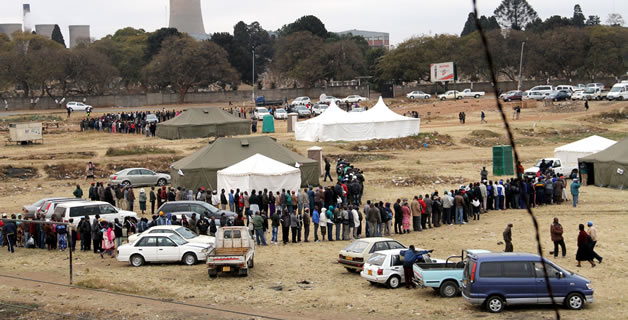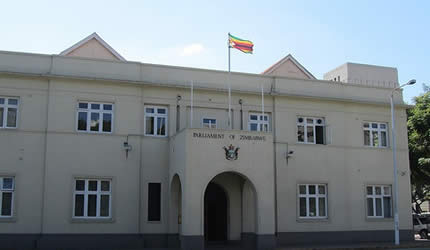Going Green
THE green movement in Australia, built around a global conservation theme, is finding the going tough just three weeks before national elections. Their ratings are low, and major parties they mixed and mingled with in the past are keeping a good distance away. Their beliefs are not bad. The green movement is an organisation made up of “hippies” of varying lifestyles and ambition all preoccupied by saving nature, including fighting dams and global warming.
But the Australian movement also intends to attract young voters wanting to make statements to support gay marriage.
Nothing further illustrates the ambiguity of colour and how it can stand for something in one culture yet mean something completely different in another.
Green in Australia is clearly dominated by other colours belonging to bigger, more popular political parties.
In Zimbabwe, green was the most dominant colour during the past election.
But its meaning to both the party leaders and their supporters had zero similarities in comparison with the Australian green movement.
Zanu-PF has of course drafted and implemented policies that protected the environment, but green meant so much more than fixing mother earth.
The party adopted green at the start of the millennium, and it quickly became a national symbol representing the land reform that empowered black small-scale and large-scale farmers.
In psychology, green is neither a warm nor cool colour as it contains equal amounts of yellow a warm colour and the cool blue.
Research has shown that its calmness is pleasing to the senses and relaxes the mind.
In nature, green epitomizes constant renewal and when used it may represent new beginning, or regeneration of life.
For Zanu-PF, the election was a new beginning, coming out of an uncomfortable power-sharing government that never really gelled.
And after the controversy surrounding “bhora musango” and the fallouts that followed, the 2013 election was giving many a shot at redemption.
The party emerged from the election feeling new and stronger, and the green served well as a symbolic overtone within the wider context of a landslide victory.
Green has for many decades been used as hospital wall paint believed to help ‘renew’ life or fasten the healing process.
The problems that saw Zanu-PF fare well below its high standards five years ago did not surface this time, and with green dominating rallies and the general landscape, the party’s quick healing was as clear as rain.
Green means other things in Zimbabwe, but its meaning to groups like Caps United supporters was drowned by political inference.
To some, it would appear that green represented the land then transformed and meant something else this time around.
But it would appear Zanu-PF has espoused green to symbolise the basic trust and motto — empowerment.
Besides rebirth and fertility, green is also a symbol for freedom.
Empowerment as Zanu-PF elucidated, meant freedom from oppression, poverty, mediocrity and mind control.
The economic reform that will follow shortly is an extension of the land reform and aims at empowering the majority population of the country in industries other than agriculture.
Green’s connotative meaning within the local context may have meant agriculture for a short period in 1999-2000, but it has assumed a wider meaning that will stick until the policies are fully implemented.
In unfortunate contrast, red was first used by the Movement for Democratic Change a few months after its birth in 1999, and it inferred to soccer matches where red cards mean automatic and immediate ejection from the game.
Red ultimately represented confrontational arrogance, laced with the need to humiliate the competition and assume total control.
The psychological meanings of red was pushed to the very limits by the MDC-T during the past election.
For starters, red can signify passion and love, traits that the leader of the party stretched by spreading it all over town.
Red is a warm and positive colour associated with the will to survive.
The election turned out to be the biggest test of survival for a party now struggling to stay afloat after its heaviest election defeat.
Red also means “danger” and “stop”, and a political party that clandestinely collaborates with former colonizers can be very dangerous and would need to be stopped.
Research shows that being surrounded by too much red can be irritating, agitating and ultimately trigger anger.
A battle between a red irritation and a calming green can only have one winner.
Red may symbolize aggressive and domineering personality, over-bearing, tiring, angry and quick-tempered, ruthless, fearful and intolerant, rebellious and obstinate, resentful, violent and brutal, phrases that have been used to describe the MDC-T.
But red also has many positive qualities and if it had been used by a party in good shape, it would have been well received.
The party was in crisis but few from within realized.
People outside the inner circle saw the problems that well all too apparent, and the alarm bells grew louder from within the red envelope.
And if it is red, it is approached with greater urgency and efficiency.
The rest, they say, is history.
Green in Australia, apparently, means almost exactly the same as red in Zimbabwe.








Comments